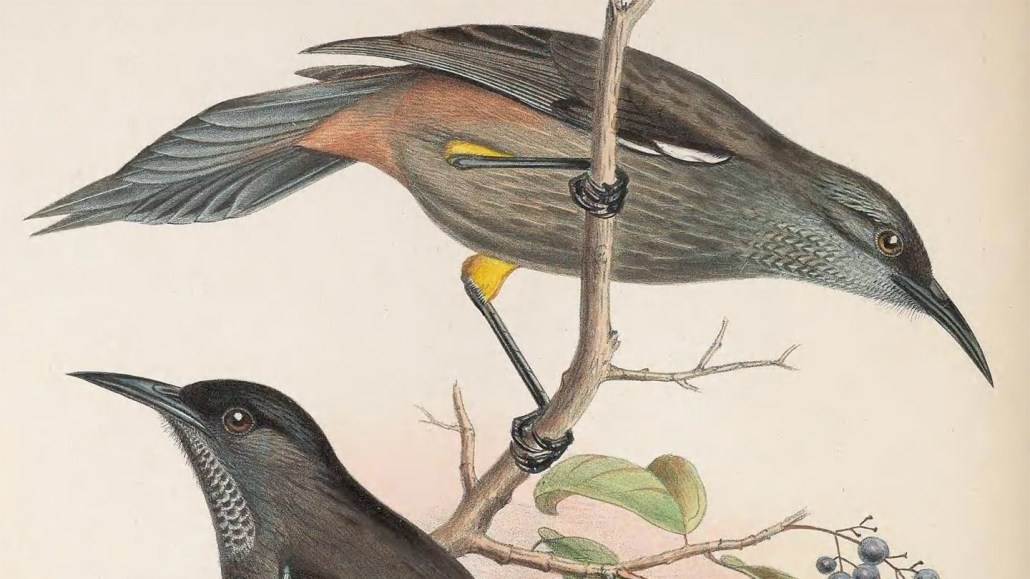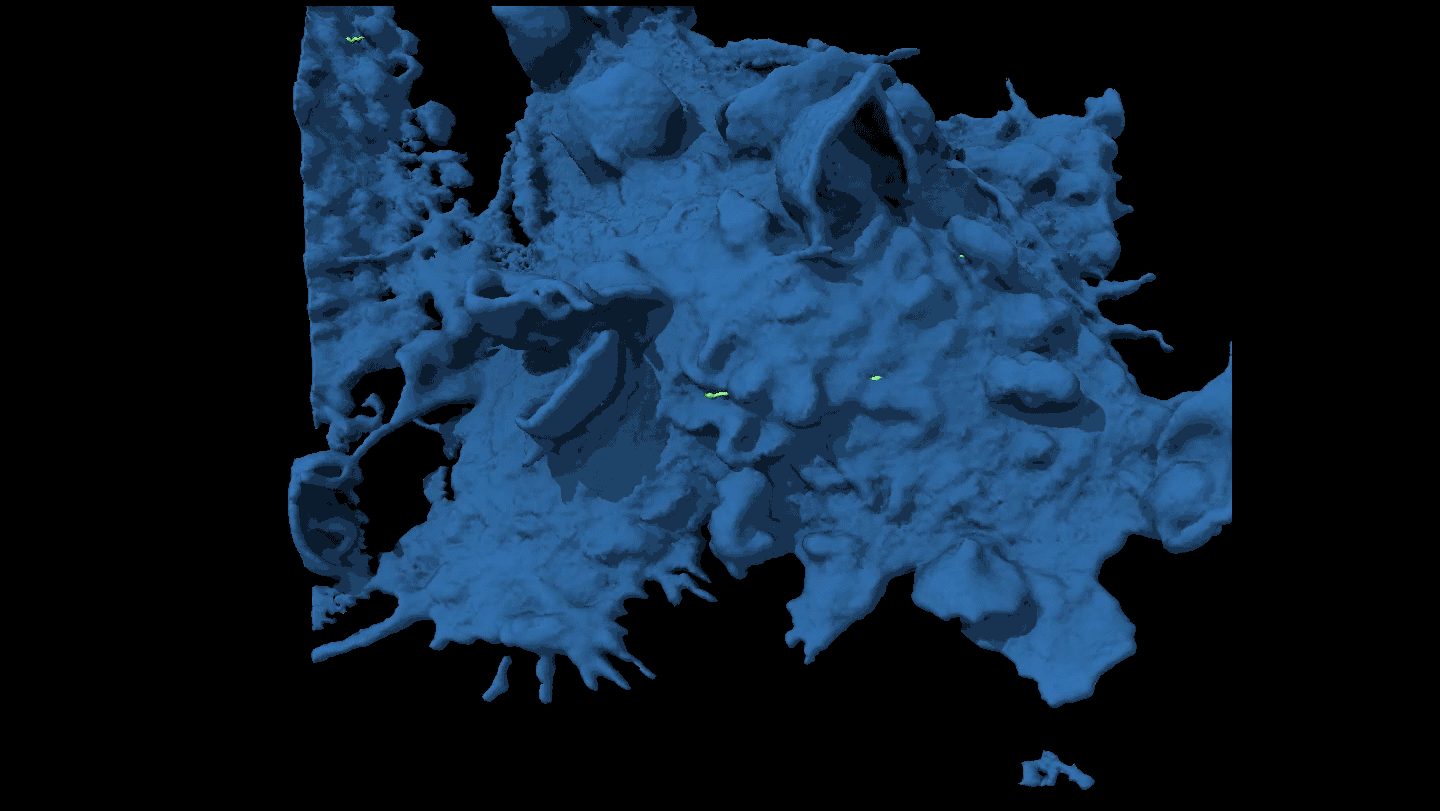A sixth mass extinction? Not so fast, some scientists say
A new analysis suggests recent extinctions have been rare, limited to islands and slowing

The Kauaʻi ʻōʻō (Moho braccatus, illustrated) went extinct in Hawaii in the 1980s. It and other island birds (and mammals) have made up most of the genus-level extinctions over the last several centuries.
Frederick William Frohawk/Wikimedia Commons
We may not be living through Earth’s sixth mass extinction event — at least not yet.
That’s the conclusion of a new analysis of plant and animal extinctions published September 4 in PLOS Biology. The researchers propose that human-driven extinctions of genera in recent centuries have been rare.
But not everyone agrees with that assessment. The study is more about semantics, says Gerardo Ceballos, an ecologist who coauthored a 2023 study arguing that Earth is in the midst of a mass extinction. “The people who define a mass extinction are the ones who are studying it,” says Ceballos, of the National Autonomous University of Mexico in Mexico City.
The five known mass extinctions in Earth’s history — such as the one that extinguished nonavian dinosaurs about 66 million years ago — were characterized by abrupt losses of biodiversity, with at least 75 percent of species vanishing, says evolutionary ecologist John Wiens of the University of Arizona in Tucson. Higher taxonomic levels, such as genera and families, often disappear too, representing a more profound loss of evolutionary history during these cataclysms.
The existence and character of a sixth, human-caused mass extinction has been debated for many years. The 2023 study argued that genera of tetrapods — limbed vertebrates and their descendants — were rapidly disappearing as part of just such an event.
Wiens and evolutionary ecologist Kristen Saban of Harvard University estimated that tetrapods represent only 2 percent of all species, so the duo did their own analysis. Diving into the International Union for the Conservation of Nature’s database, they compiled information on over 163,000 plant and animal species across more than 22,000 genera and compared extinctions by taxonomic group, geographic location and timing.
The team found that less than 2 percent of mammal genera went extinct in the last 500 years, and under 0.5 percent of genera had vanished across all groups. “It’s nowhere close to 75 percent” of species, Wiens says.
Looking more closely at where these losses occurred, they found that over half of the 102 extinctions of genera involved mammals or birds, and about three-quarters were organisms restricted to islands. The extinction rate is also declining, having peaked at the turn of the 20th century. Most extinctions seem to have occurred in a relatively recent pulse when humans arrived on islands and took a heavy toll on sensitive local species.
“These past extinctions are kind of weird, and we don’t think they’re a road map to future extinctions,” Wiens says.
For Ceballos and Paul Ehrlich — the ecologists who conducted the 2023 study — the new paper misses the bigger picture. Dramatic population declines such as those reported among insects, they argue, are more meaningful than whether the last individual is alive or not.
“We’re losing our ability to sustain civilization,” says Ehrlich, of Stanford University. “Fooling around with counts of how many species might or might not go extinct as species doesn’t mean a damn thing if you’re losing all the insects except a small population of each one.”
Population ecologist Leah Gerber, who was not involved with either study, argues that getting these kinds of specifics right is important. “We must be precise about what we measure and communicate. Overstating the evidence risks undermining credibility,” says Gerber, of Arizona State University in Tempe. “Humanity is still causing profound biodiversity change, but not every metric points to ‘mass extinction.’”
Wiens agrees, stressing the importance of scientific credibility. “You don’t want to be the boy who cried wolf,” he says. The goal, he adds, shouldn’t be avoiding a mass extinction anyways, which is a low bar. “It’s weak and unambitious … We prefer there to be zero percent extinction.”
And, semantics aside, there is a real and mounting risk for biodiversity, he adds. The current situation is a bit like peering over the edge of a cliff.
“Unfortunately, it’s still likely that in the next 100 years, we could lose 30 or 40 percent of all species on Earth to climate change,” he says, noting such a loss would be devastating. “But it still needs to be twice that much to be a mass extinction event.”







